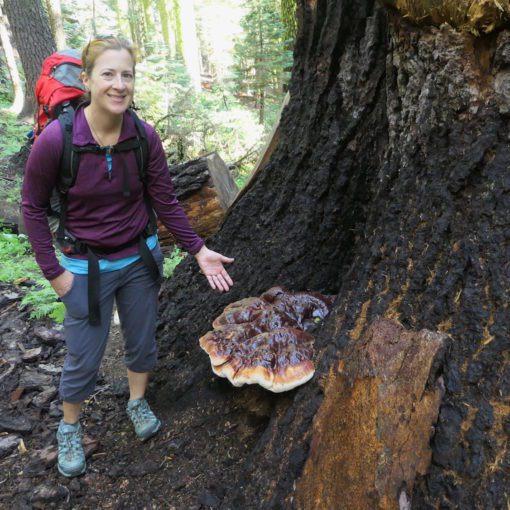You might wonder why humans would ever decide to eat mushrooms. At first glance, mushrooms might seem unappealing. They are, after all, a type of fungus, and many varieties are toxic. Unlike plants, mushrooms lack chlorophyll and do not require sunlight to grow. Instead, mushrooms grow from the decaying and deceased matter of plants and animals. Their cell walls do not contain plant cellulose but chitin, a carbohydrate-amine complex that also makes up the outer skeleton of insects and crustaceans. These characteristics can cause some people to write mushrooms off as inedible. However, a closer look reveals that mushrooms are a […]
Yearly Archives: 2019
Insect repellent should do what it says – repel insects. That includes all the blood-sucking carnivores that frequent us in the outdoors, including mosquitoes, black flies, no-see-ums, fleas, midges, ticks, and chiggers. All bug sprays contain a proprietary formulation to mask our scent of carbon dioxide, and therefore, our blood as a food source. Several choices of repellents are proven to work. The one you already know: DEET. There are a number of effective, less toxic insect repellents available besides DEET. Here we discuss alternative options to DEET.
Looking for almond milk powder? Although California is the largest producer of almonds in the world, there is no such product as almond milk powder. The closest match is almond flour — specifically, a superfine grind of almond flour made from blanched almonds. Here we mix it with water to see how it performs as an instant almond milk for the trail. We also compare other plant-based powdered alternatives based on several factors: cold water solubility, hot water solubility, shelf life, nutritional content, and taste.
Based on the feedback we’ve received, you are loving our trail salads and would like to see more no-cook meals loaded up with veggies. We’re eager to please and have been crafting up delicious creations. Here are all of our trail salads as of May 2022.
When it comes to movement, having strong bones is essential for keeping yourself upright. Bones provide the structural framework for the entire body and work together with muscles to function as levers to produce controlled movements.
If you participate in endurance activities such as cycling, running, or backpacking, you need dietary calcium. How much?




